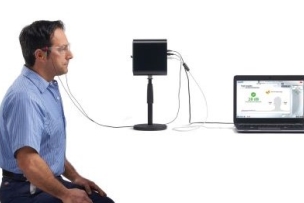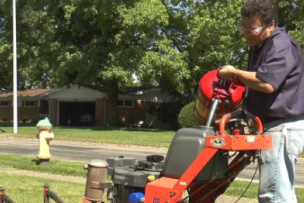Products that work as hard as you do. From the most basic to the most specialized needs, 3M offers the health and safety protection you and your workers need most, so everyone can perform at their best. We strive to deliver comfortable, well-designed personal protective equipment (PPE) that offers your workers the most effective protection available.
It is estimated that more than 2.3 million workers in the United States are potentially exposed to dust containing crystalline silica — with nearly 90% of those workers employed in the construction industry. However, you still may not be clear on the details of the silica regulation and what it means for your team.
If you’re a little confused or simply haven’t had time to dig into the flurry of technical documents on the topic, don’t worry. The occupational health and safety team at 3M has a helpful guide to give you an overview of some of the key points of the regulation.
Read the OSHA 29 CFR 1926.1153 – Respirable Crystalline Silica in Construction regulation.
US OSHA has published several support documents and regulatory updates that should be read and understood along with the complete regulation prior to attempting any silica-related work. It is important to note that the new regulation requires contractors to control their employees’ exposure to respirable crystalline silica. For the construction industry, the permissible exposure limit (PEL) has been lowered from 250 micrograms per cubic meter of air (ug/m3) Time Weighted Average (TWA) to 50 ug/m3 TWA. This is one-fifth of what it used to be or 80% lower than the previous acceptable limit.
How Can Silica Exposures be Controlled to Keep Exposure at or Below the PEL?
In addition to the reduced PEL, there are several important additional requirements that employers must implement to help protect their workers:
- Written Exposure Control Plans – Detailing engineering controls, work practices, personal protective equipment and housekeeping measures that will be used to help control silica exposure
- Medical Surveillance – Employers are required to make medical surveillance available at no cost and at a reasonable time and place for each worker required to wear a respirator more than 30 days per year due to silica exposure
- Silica Competent Person – A silica competent person to oversee the process must be designated. This person must be able to identify existing and foreseeable respirable crystalline silica hazards in the workplace and who has authorization to take prompt corrective measures to eliminate or minimize exposure.
This new standard is meant to protect construction workers who drill, cut, crush or grind or work with silica-containing materials such as concrete and stone.
Employers of these workers must evaluate and potentially upgrade their current safety processes and personal protective equipment (PPE) for workers to ensure lower exposure limits are met.
Remember, at the center of this regulation change is worker health. OSHA notes that workers exposed to silica can develop silicosis as well as other health problems. OSHA also estimates the new regulation may save over 600 lives and prevent more than 900 new cases of silicosis every year.
While upgrading processes and PPE takes time and money, it has numerous benefits for employers. OSHA projects net benefits of about $7.7 billion annually — so these proactive measures can really add up from a long-term perspective.
Be Compliant with These Silica Standard Changes
To get started, check out the 3M OSHA Silica Rule Change Online Resource Offerings. It has many helpful assets that can assist you on the journey to comply with this important new regulation.
Let 3M be your guide to better help keep workers healthy and safe by signing up to receive tools and information on the new regulation.
Originally Published on 3M.com.
Browse products from 3M on MSCDirect.com.







Talk to Us!
Leave a reply
Your email address will not be published. Required fields are marked *